Bump Piercing: Difficult to Treat, Easy to Recur 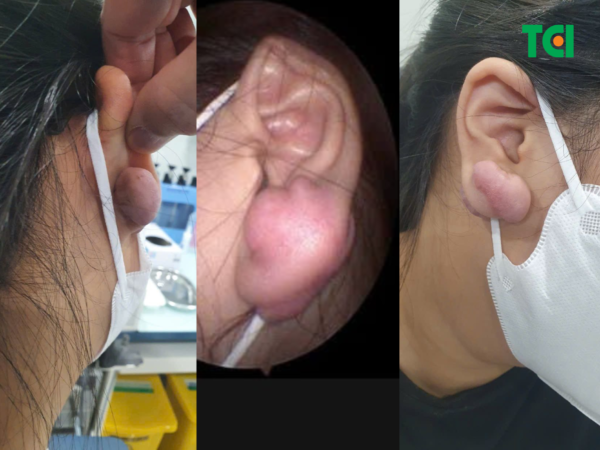
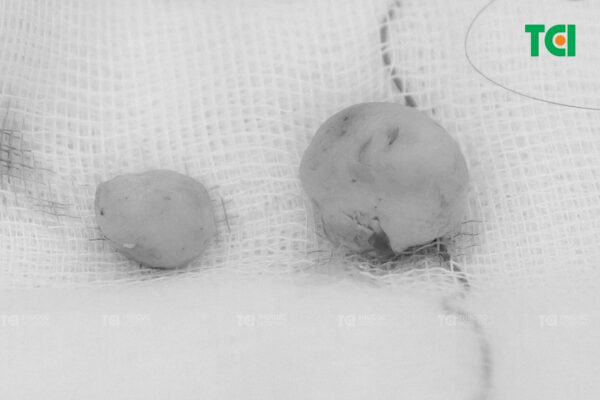 Many cases come to TCI for bump earlobe piercings. Located in a visible location, piercing bumps have a significant negative impact on the patient's appearance. In addition, symptoms related to this condition such as pain, itching, etc. also cause a lot of discomfort. In addition, improper treatment of piercing bumps can also cause aesthetic deformities, leading to psychological problems. Treating piercing bumps is not simple. One of the characteristics of keloids is that they do not stop on their own but always grow larger. Large keloids, after cutting, will leave serious skin defects, and attempts to suture these skin defects can deform the ear. Moreover, piercing bumps are very easy to recur. Many patients have to be treated 5, 7, or even 10 times. Surgery for bump piercing holes in both ears for a 20-year-old man The most recent case of bump piercing holes treated by Thu Cuc International General Hospital TCI was in the earlobes. The patient was Mr. T.D.Q (Hanoi), 20 years old, who came to TCI because both earlobes had abnormal lumps. In Mr. Q's case, from the time the piercing hole was swollen and painful until the abnormal lump grew to about 1cm, it took less than 1 month. To preserve both ears intact, Mr. Q was indicated by the TCI doctor for surgery immediately after examination. With a 4-step surgical process: sterilization, local anesthesia, surgery, and suturing; In 30 minutes, the TCI doctor successfully removed 2 keloids, and Mr. Q was able to go home immediately after. Bump piercing holes: Be careful of the risk of serious ear deformities - In 2 30 minutes, the TCI doctor successfully removed 2 keloids for Mr. Q. Expert advice on bump piercing Duong Van Tien shared: “Careful ear hygiene after treatment is essential to reduce the risk of bump piercing recurrence. However, many people still make basic mistakes during the cleaning process, such as pouring saline solution directly onto the skin area that needs cleaning. The standard ear cleaning process includes 3 basic steps, as follows: - Step 1: Wash your hands with soap under running water or wear gloves - Step 2: Soak a cotton swab with warm water and wipe both sides of the skin area that needs cleaning, do not pour water directly onto that skin area - Step 3: Soak a cotton swab with Povidine red alcohol, wipe both sides of the skin area that needs cleaning. Stop wiping with red alcohol after 7 - 10 days”. Bump piercing: Be careful of the risk of serious ear deformation - 3 Lie on your back when sleeping to avoid putting pressure on the damaged ear area (Photo: Freepik). In addition to careful ear hygiene, to reduce the risk of reoccurrence of the piercing bump, patients also need to: - Avoid putting pressure on the previously damaged ear area: Pay attention when playing sports; lie on your back when sleeping; gently put on and take off clothes; be careful when brushing hair, tying hair, wearing masks or performing other operations near the ear. - Avoid exposing the previously damaged ear area to chemicals: Check the ingredients of ear cleaning solutions and other body care products, avoid using products containing alcohol, strong detergents or preservatives. - Choose earrings that are the right size, not too big or too small. - Choose the right piercing material for your body, such as 316-L medical stainless steel or higher quality F-136 titanium, 14k-18k gold. Avoid materials that can cause allergies, such as nickel... In case the piercing hole has not been bumped and you want to prevent this condition, in addition to the above notes, customers need to choose a reputable address, with a sterile piercing process and good technical staff. To limit the negative effects of bumps on appearance, Dr. Tien recommends that when there are signs of swelling, pain, itching... in the piercing hole, do not attempt to treat it at home; instead, contact the nearest reputable medical facility for detailed advice, and avoid delaying until the scar is too large and surgery is difficult because there is no more skin to graft.
Many cases come to TCI for bump earlobe piercings. Located in a visible location, piercing bumps have a significant negative impact on the patient's appearance. In addition, symptoms related to this condition such as pain, itching, etc. also cause a lot of discomfort. In addition, improper treatment of piercing bumps can also cause aesthetic deformities, leading to psychological problems. Treating piercing bumps is not simple. One of the characteristics of keloids is that they do not stop on their own but always grow larger. Large keloids, after cutting, will leave serious skin defects, and attempts to suture these skin defects can deform the ear. Moreover, piercing bumps are very easy to recur. Many patients have to be treated 5, 7, or even 10 times. Surgery for bump piercing holes in both ears for a 20-year-old man The most recent case of bump piercing holes treated by Thu Cuc International General Hospital TCI was in the earlobes. The patient was Mr. T.D.Q (Hanoi), 20 years old, who came to TCI because both earlobes had abnormal lumps. In Mr. Q's case, from the time the piercing hole was swollen and painful until the abnormal lump grew to about 1cm, it took less than 1 month. To preserve both ears intact, Mr. Q was indicated by the TCI doctor for surgery immediately after examination. With a 4-step surgical process: sterilization, local anesthesia, surgery, and suturing; In 30 minutes, the TCI doctor successfully removed 2 keloids, and Mr. Q was able to go home immediately after. Bump piercing holes: Be careful of the risk of serious ear deformities - In 2 30 minutes, the TCI doctor successfully removed 2 keloids for Mr. Q. Expert advice on bump piercing Duong Van Tien shared: “Careful ear hygiene after treatment is essential to reduce the risk of bump piercing recurrence. However, many people still make basic mistakes during the cleaning process, such as pouring saline solution directly onto the skin area that needs cleaning. The standard ear cleaning process includes 3 basic steps, as follows: - Step 1: Wash your hands with soap under running water or wear gloves - Step 2: Soak a cotton swab with warm water and wipe both sides of the skin area that needs cleaning, do not pour water directly onto that skin area - Step 3: Soak a cotton swab with Povidine red alcohol, wipe both sides of the skin area that needs cleaning. Stop wiping with red alcohol after 7 - 10 days”. Bump piercing: Be careful of the risk of serious ear deformation - 3 Lie on your back when sleeping to avoid putting pressure on the damaged ear area (Photo: Freepik). In addition to careful ear hygiene, to reduce the risk of reoccurrence of the piercing bump, patients also need to: - Avoid putting pressure on the previously damaged ear area: Pay attention when playing sports; lie on your back when sleeping; gently put on and take off clothes; be careful when brushing hair, tying hair, wearing masks or performing other operations near the ear. - Avoid exposing the previously damaged ear area to chemicals: Check the ingredients of ear cleaning solutions and other body care products, avoid using products containing alcohol, strong detergents or preservatives. - Choose earrings that are the right size, not too big or too small. - Choose the right piercing material for your body, such as 316-L medical stainless steel or higher quality F-136 titanium, 14k-18k gold. Avoid materials that can cause allergies, such as nickel... In case the piercing hole has not been bumped and you want to prevent this condition, in addition to the above notes, customers need to choose a reputable address, with a sterile piercing process and good technical staff. To limit the negative effects of bumps on appearance, Dr. Tien recommends that when there are signs of swelling, pain, itching... in the piercing hole, do not attempt to treat it at home; instead, contact the nearest reputable medical facility for detailed advice, and avoid delaying until the scar is too large and surgery is difficult because there is no more skin to graft.
Source: https://benhvienthucuc.vn/bump-lo-xo-khuyen-can-trong-nguy-co-bien-dang-tai-nghiem-trong/
Recently, Thu Cuc TCI International General Hospital has continuously received cases of piercing bumps at all levels.
According to Dr. Duong Van Tien, Head of the ENT Clinic, bump is a keloid-like lesion that "grows" on the surface of the epidermis in the area of the piercing hole. Bumps often appear in piercings in the earlobe area. Because the earlobe is made up of cartilage and skin; the subcutaneous tissue is very thin, while the cartilage is easily inflamed and has poor resistance to infection. Many people get their earlobe pierced and believe that bumps will not occur. However, although not common, earlobe piercings can still get bumps. In fact, many cases come to TCI for bumps in earlobe piercings. Many cases come to TCI for bump earlobe piercings.
Many cases come to TCI for bump earlobe piercings.

![[Photo] Capital's youth enthusiastically practice firefighting and water rescue skills](https://vstatic.vietnam.vn/vietnam/resource/IMAGE/2025/4/3/3f8481675271488abc7b9422a9357ada)
![[Photo] General Secretary To Lam receives Japanese Ambassador to Vietnam Ito Naoki](https://vstatic.vietnam.vn/vietnam/resource/IMAGE/2025/4/3/3a5d233bc09d4928ac9bfed97674be98)
![[Photo] Prime Minister Pham Minh Chinh chairs meeting after US announces reciprocal tariffs](https://vstatic.vietnam.vn/vietnam/resource/IMAGE/2025/4/3/ee90a2786c0a45d7868de039cef4a712)
![[Photo] A brief moment of rest for the rescue force of the Vietnam People's Army](https://vstatic.vietnam.vn/vietnam/resource/IMAGE/2025/4/3/a2c91fa05dc04293a4b64cfd27ed4dbe)
![[Photo] Prime Minister Pham Minh Chinh chairs the first meeting of the Steering Committee on Regional and International Financial Centers](https://vstatic.vietnam.vn/vietnam/resource/IMAGE/2025/4/3/47dc687989d4479d95a1dce4466edd32)
![[Photo] Ho Chi Minh City speeds up sidewalk repair work before April 30 holiday](https://vstatic.vietnam.vn/vietnam/resource/IMAGE/2025/4/3/17f78833a36f4ba5a9bae215703da710)

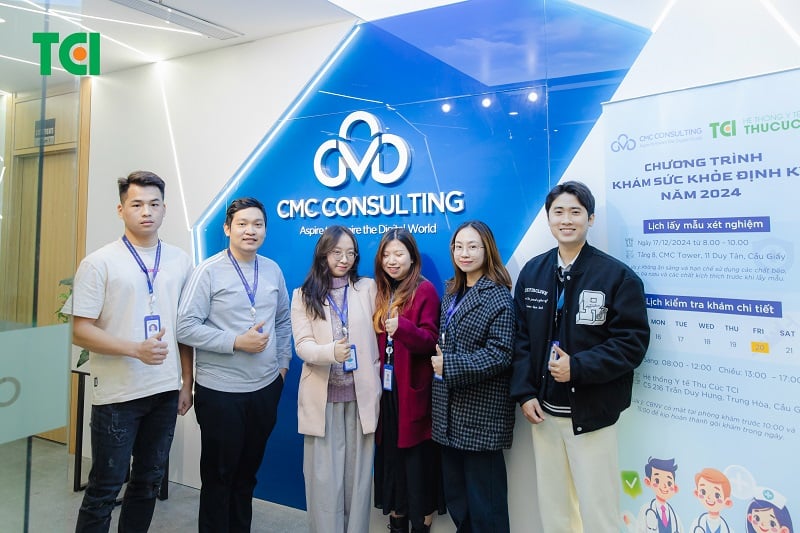


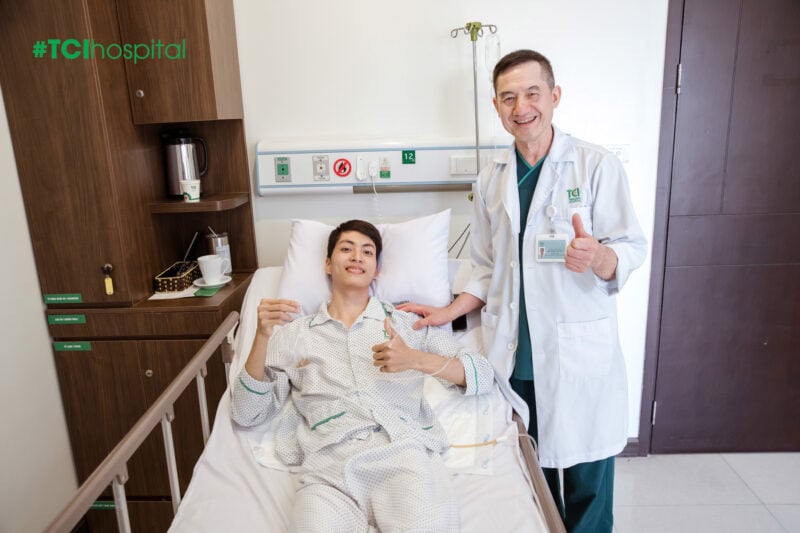


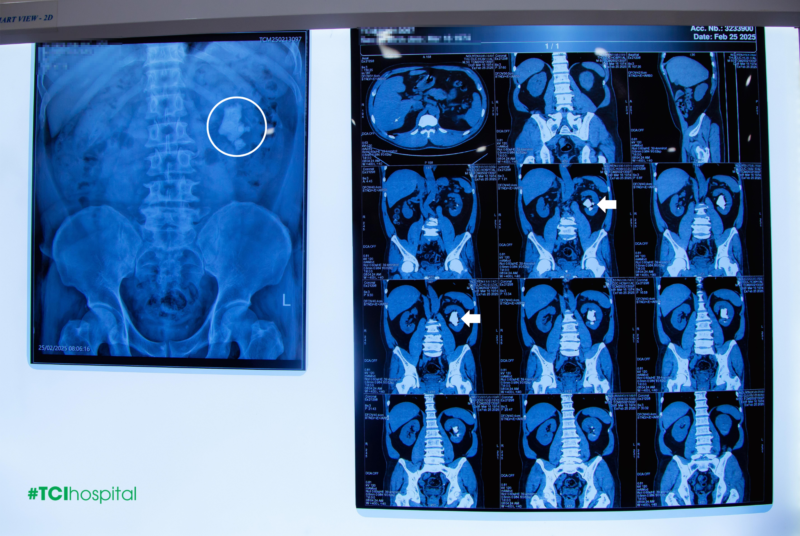


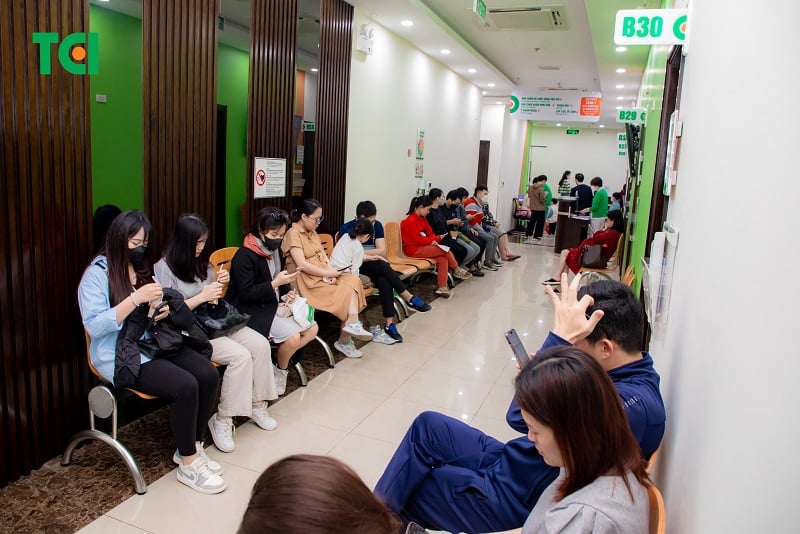
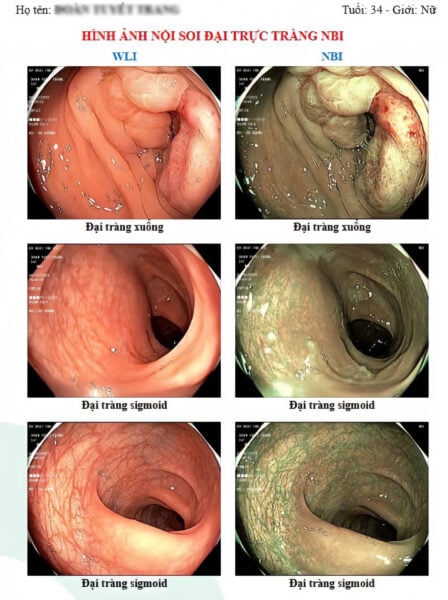



























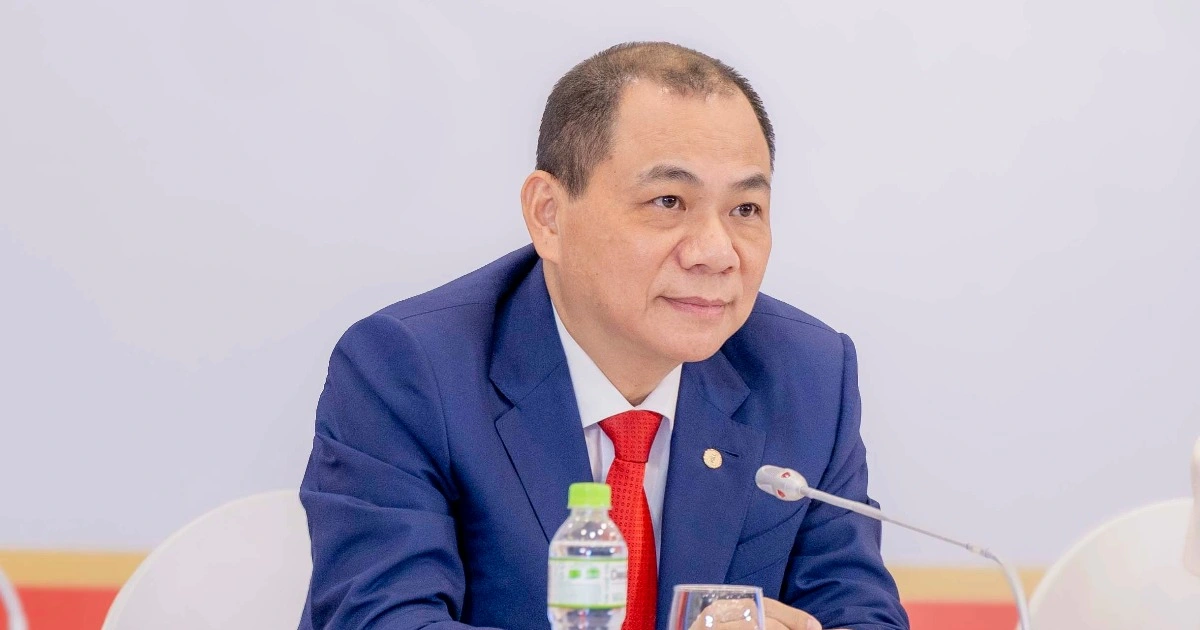












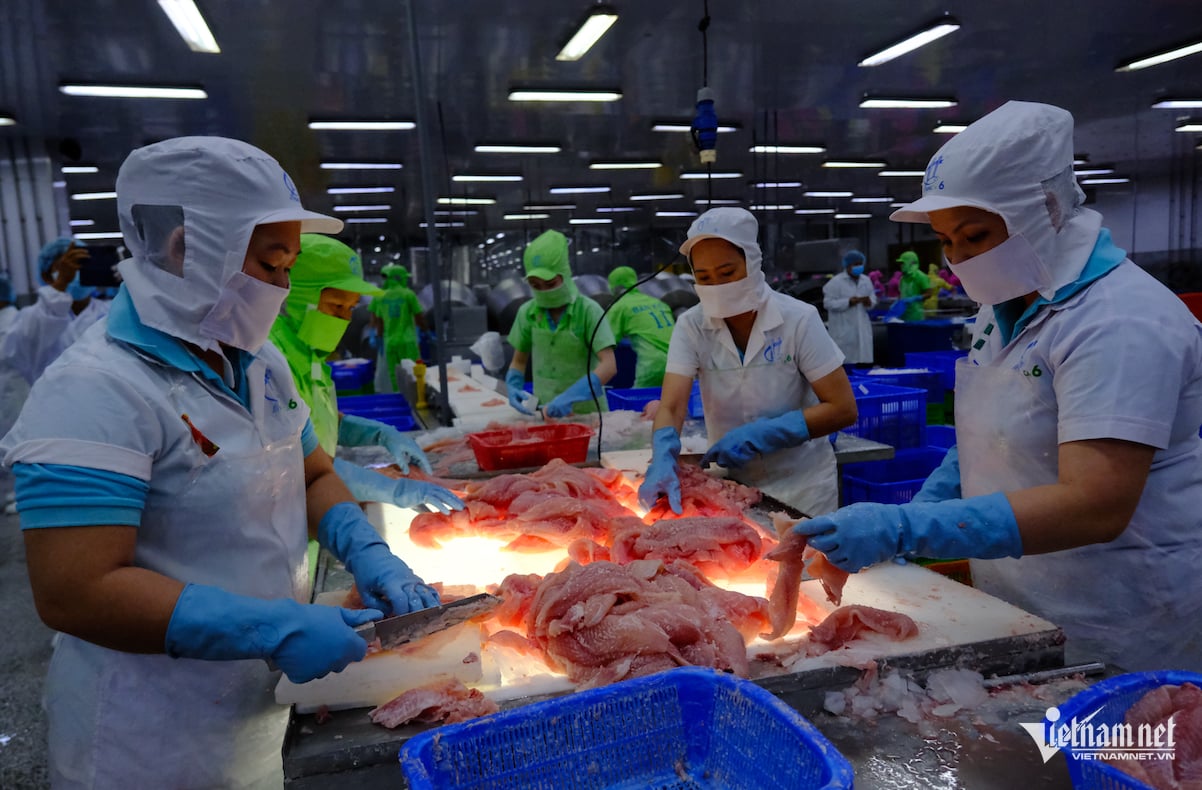































Comment (0)